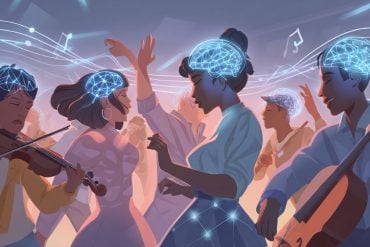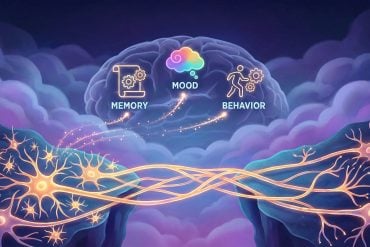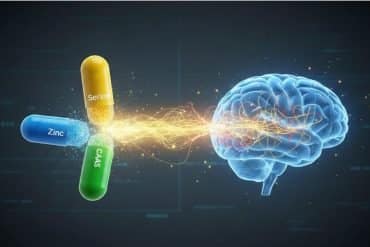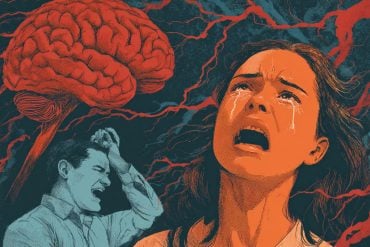Summary: A new international study supports Neural Resonance Theory (NRT), which suggests that music perception and enjoyment arise from natural brain and body oscillations that sync with rhythm, melody, and harmony. Unlike prediction-based models, NRT proposes that our brains physically resonate with music, shaping timing, pleasure, and the instinct to move.
This resonance is thought to occur across various brain and body regions, from auditory pathways to the spinal cord. The findings have broad implications for therapies, education, AI music generation, and understanding how music connects people globally.
Key Facts:
- Neural Resonance: Music engages natural brain and body oscillations, not just prediction.
- Shared Patterns: Resonant structures like pulse and harmony are universal across listeners.
- Therapeutic Potential: Applications could benefit stroke, Parkinson’s, depression, and AI development.
Source: McGill University
An international study co-authored by McGill psychologist Caroline Palmer suggests our brains and bodies don’t just understand music, they physically resonate with it.
These discoveries, based on findings in neuroscience, music, and psychology, support Neural Resonance Theory (NRT).
Credit: Neuroscience News
NRT maintains that rather than relying on learned expectations or prediction, musical experiences arise from the brain’s natural oscillations that sync with rhythm, melody and harmony.
This resonance shapes our sense of timing, musical pleasure and the instinct to move with the beat.
“This theory suggests that music is powerful not just because we hear it, but because our brains and bodies become it,” said Palmer, Professor in the Department of Psychology at McGill and Director of the Sequence Production Lab.
“That has big implications for therapy, education and technology.”
The study’s publication in Nature Reviews Neuroscience marks the first time the entire NRT is being published in a single paper, she said.
The theory suggests that structures like pulse and harmony reflect stable resonant patterns in the brain, shared across people independent of their musical background.
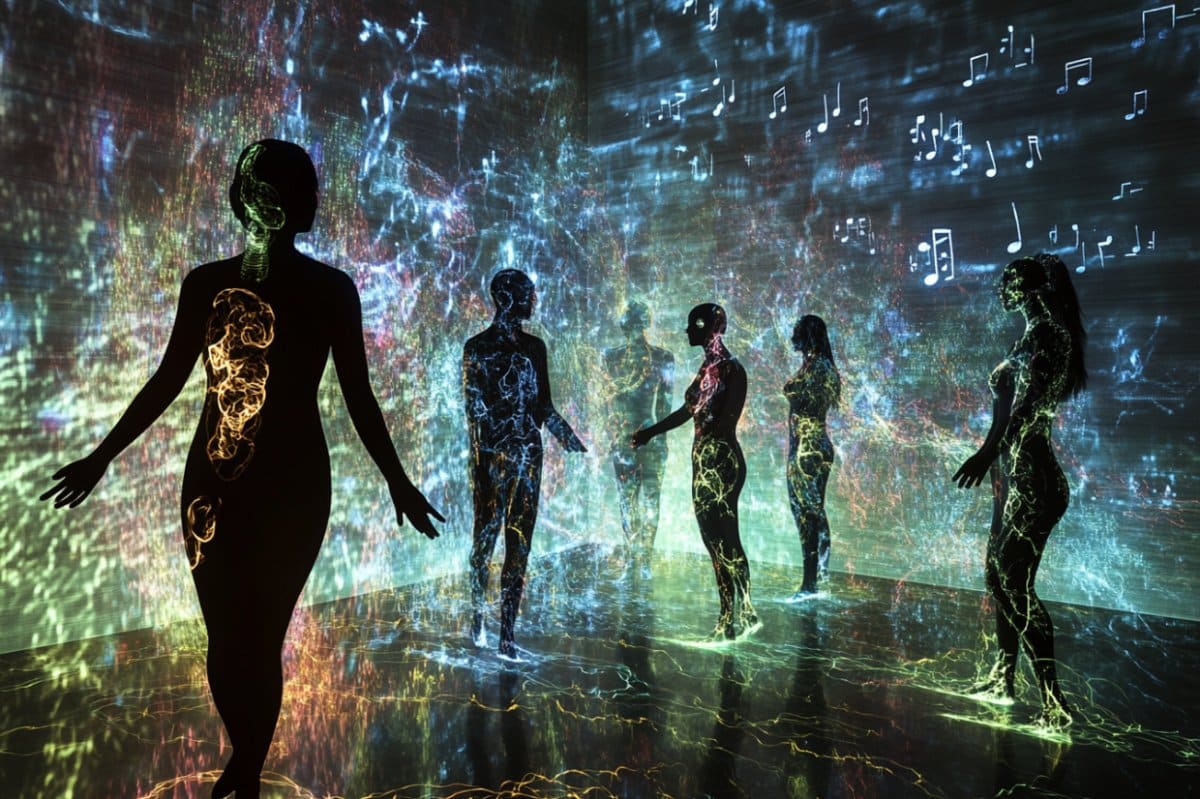
According to NRT, how we hear and produce music can be explained by fundamental dynamical principles of human brain mechanisms that apply from the ear all the way to the spinal cord and limb movements.
Researchers say potential applications of the theory include:
- Therapeutic tools for conditions like stroke, Parkinson’s and depression
- Emotionally intelligent AI that can respond to or generate music more like humans
- New learning technologies to support rhythm and pitch education
- Cross-cultural insight into why music connects people around the world
The study was led by Edward Large (University of Connecticut) and co-authored by Caroline Palmer.
Funding: The study was funded in part by a Canada Research Chair and a NSERC Discovery Grant.
About this neuroscience and music research news
Author: Claire Loewen
Source: McGill University
Contact: Claire Loewen – McGill University
Image: The image is credited to Neuroscience News
Original Research: Closed access.
“Musical neurodynamics” by E. E. Harding et al. Nature Reviews Neuroscience
Abstract
Musical neurodynamics
A great deal of research in the neuroscience of music suggests that neural oscillations synchronize with musical stimuli.
Although neural synchronization is a well-studied mechanism underpinning expectation, it has even more far-reaching implications for music.
In this Perspective, we survey the literature on the neuroscience of music, including pitch, harmony, melody, tonality, rhythm, metre, groove and affect.
We describe how fundamental dynamical principles based on known neural mechanisms can explain basic aspects of music perception and performance, as summarized in neural resonance theory.
Building on principles such as resonance, stability, attunement and strong anticipation, we propose that people anticipate musical events not through predictive neural models, but because brain–body dynamics physically embody musical structure.
The interaction of certain kinds of sounds with ongoing pattern-forming dynamics results in patterns of perception, action and coordination that we collectively experience as music.
Statistically universal structures may have arisen in music because they correspond to stable states of complex, pattern-forming dynamical systems.
This analysis of empirical findings from the perspective of neurodynamic principles sheds new light on the neuroscience of music and what makes music powerful.




